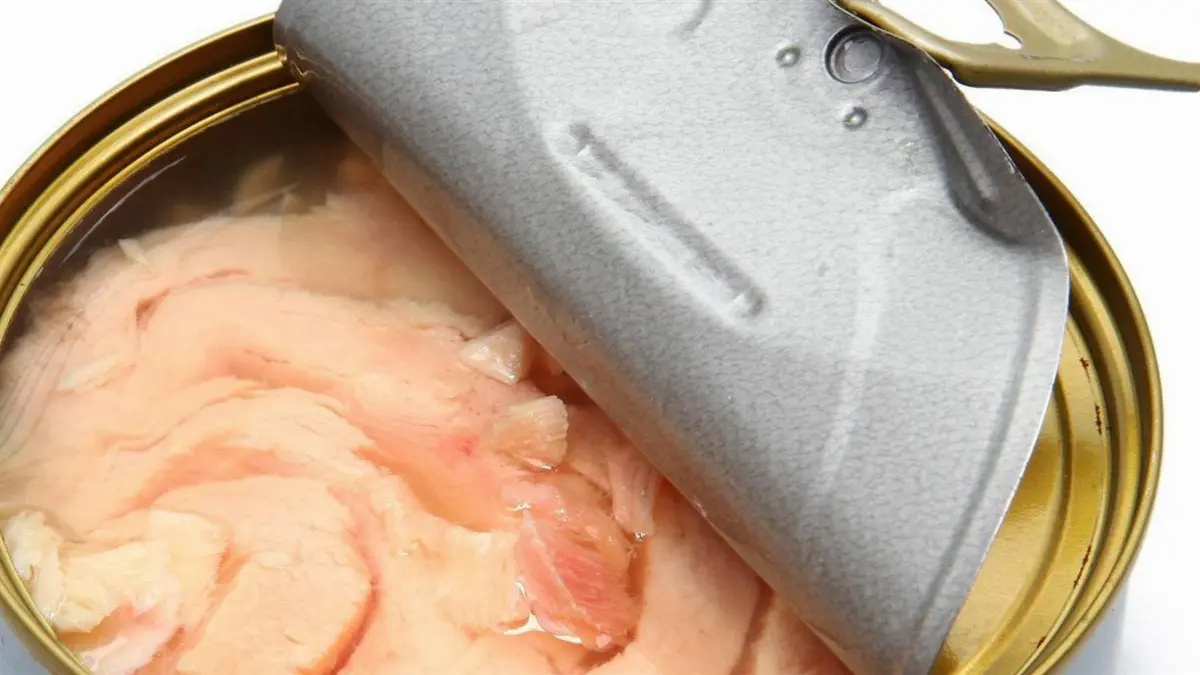
Do you want to access to this and other private contents?
Log in if you are a subscriber or click here to request service
Canned tuna: the importance of label
For Nostromo observatory (Grupo Calvo), 60% of Italians check the expiration date and origin

Two-thirds of canned tuna consumers, especially the youngest, regularly consult labels on the packages, recognizing the importance of the information available. Among these, the expiry date (64%), the origin of the fish (59%), to which women pay more attention, are considered to be the most useful; this is followed by the presence of dyes and preservatives, the name and address of the manufacturer,...
hef - 16006
EFA News - European Food Agency
EFA News - European Food Agency